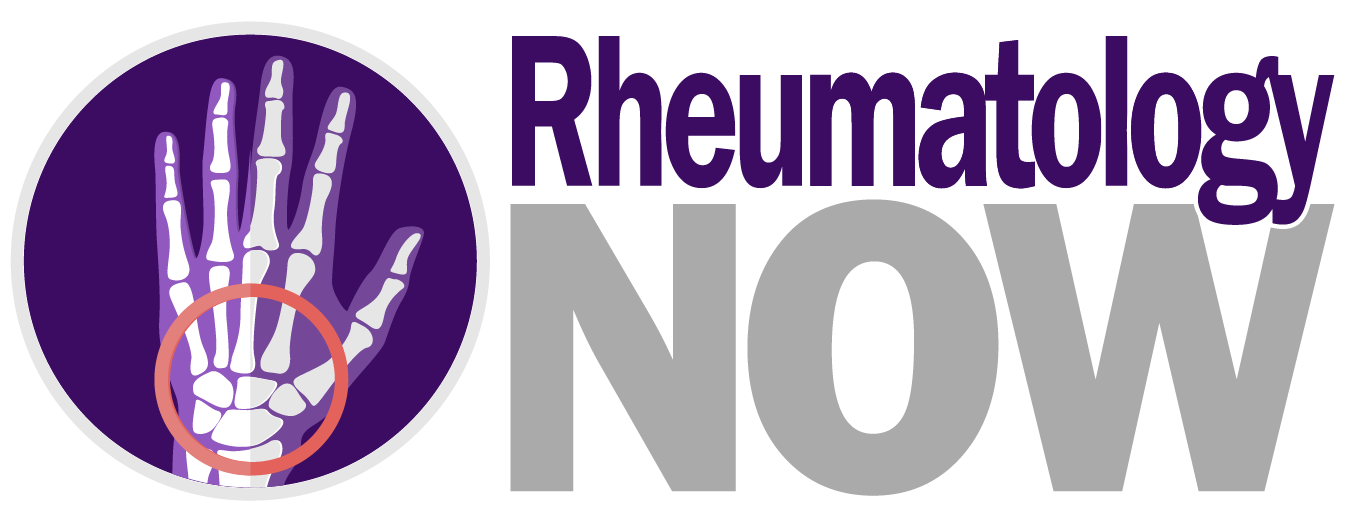Premier - Local Yoga Instructor
-
Osteoarthritis Thumb Joint
OA or osteoarthritis is a common chronic condition that can involve one or more joints of the wrist, thumb, and fingers. It can occur with aging and involves a loss of articular cartilage through mechanical loading and inflammation and subsequently, a loss of joint space between the bones.
-
Osteoarthritis of the thumb joint
OA or osteoarthritis is a common chronic condition that can involve one or more joints of the wrist, thumb, and fingers. It can occur with aging and involves a loss of articular cartilage through mechanical loading and inflammation and subsequently, a loss of joint space between the bones.
This can cause severe pain and swelling, ultimately impacting strength and function.









